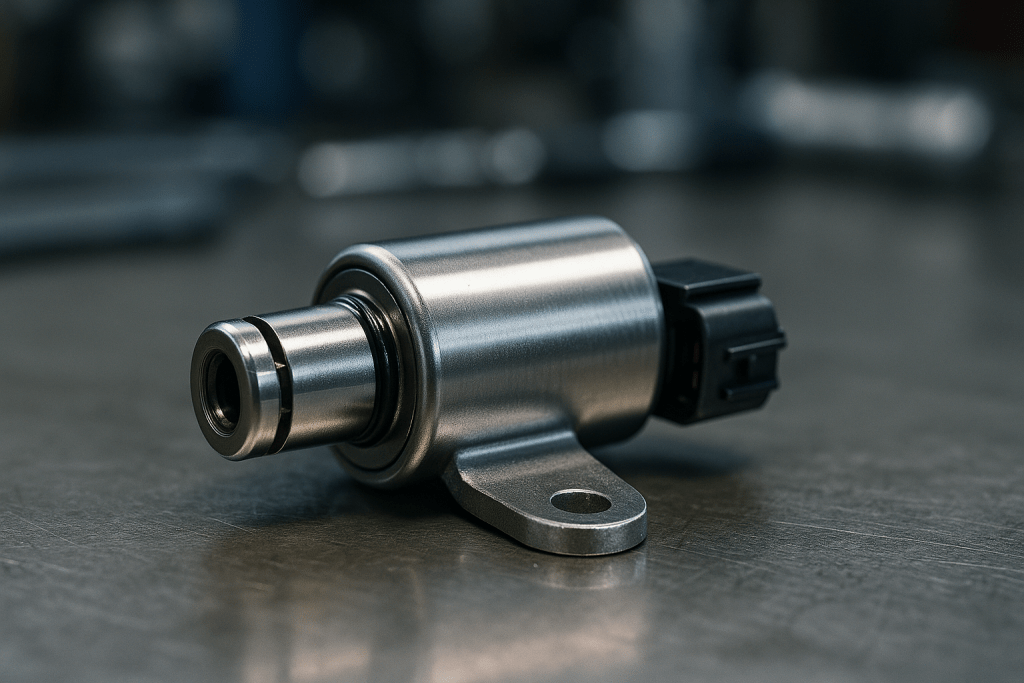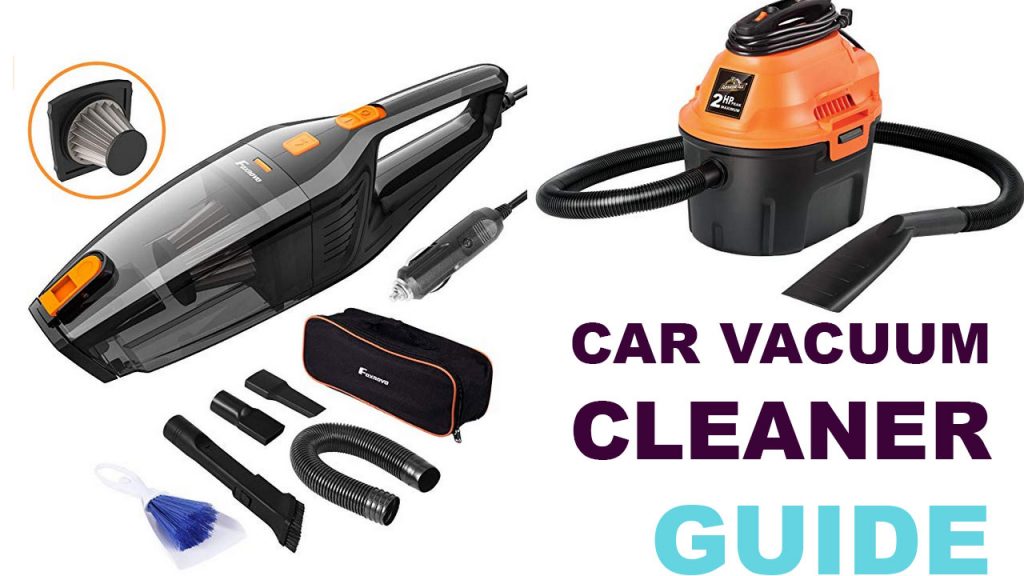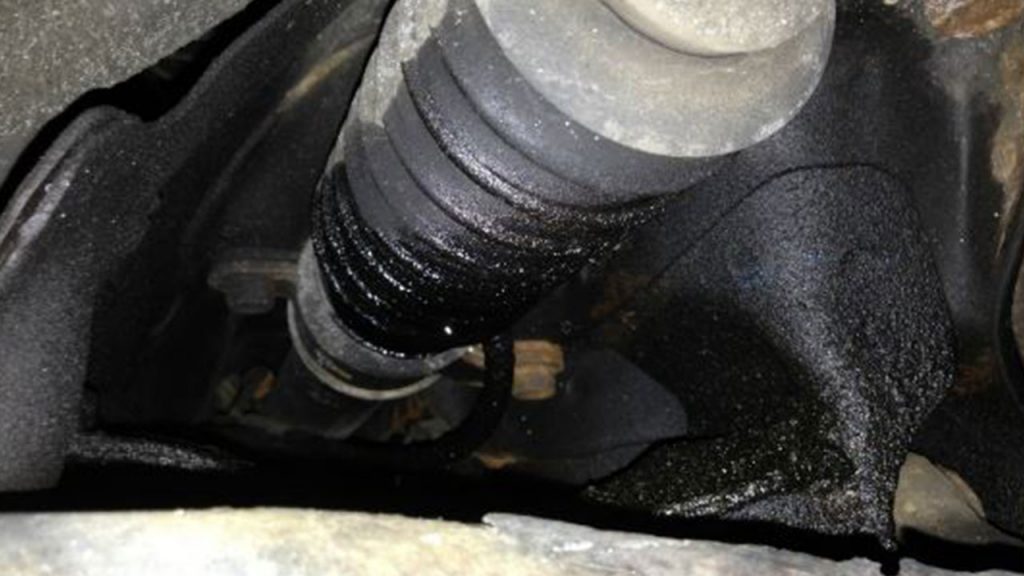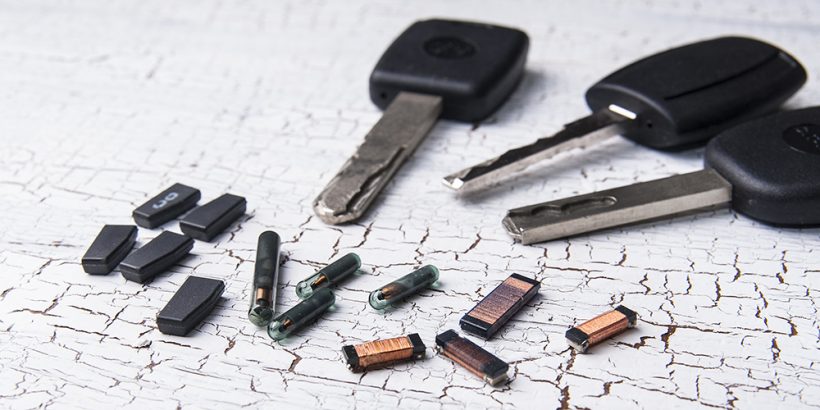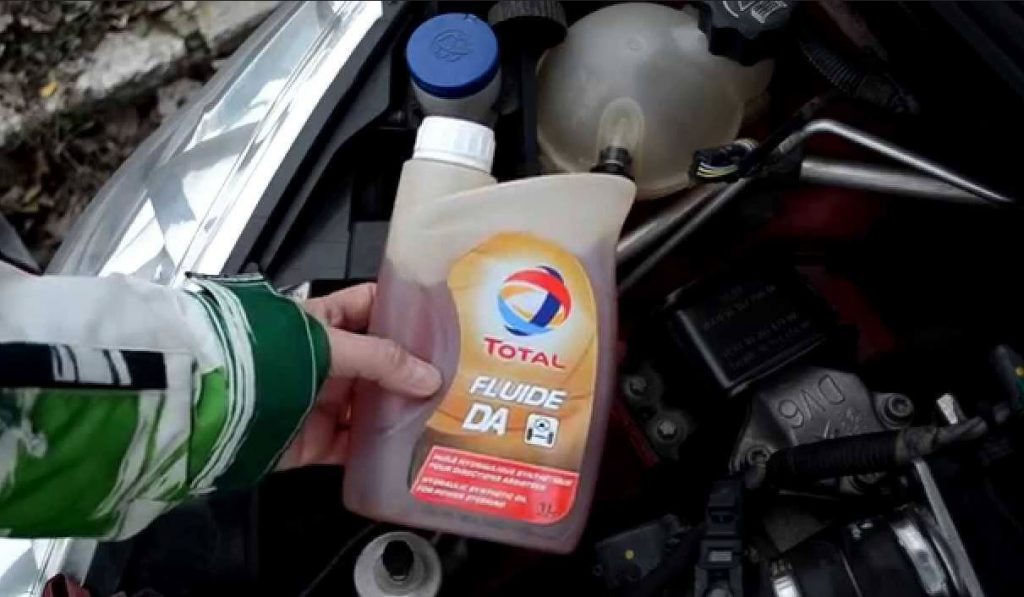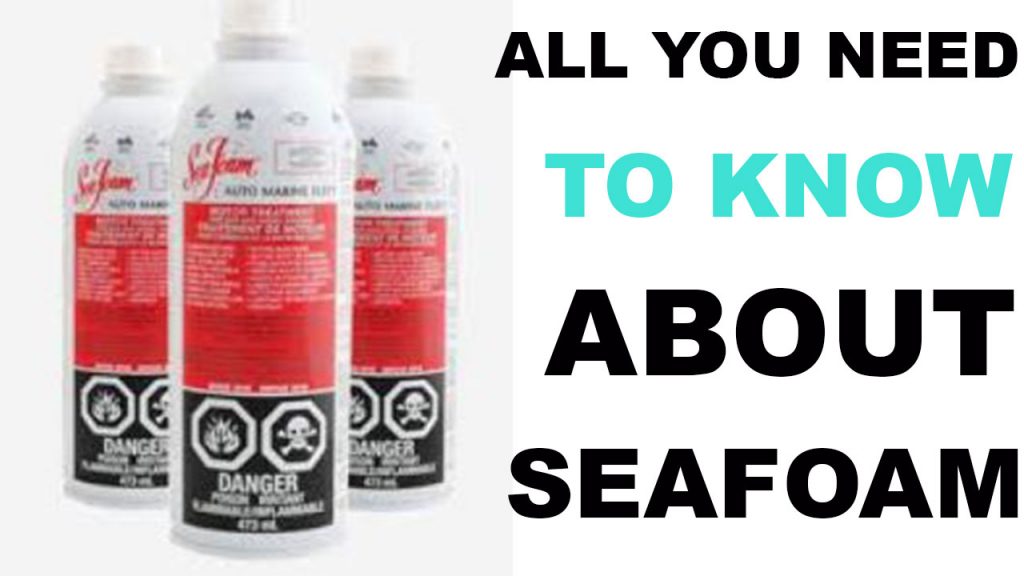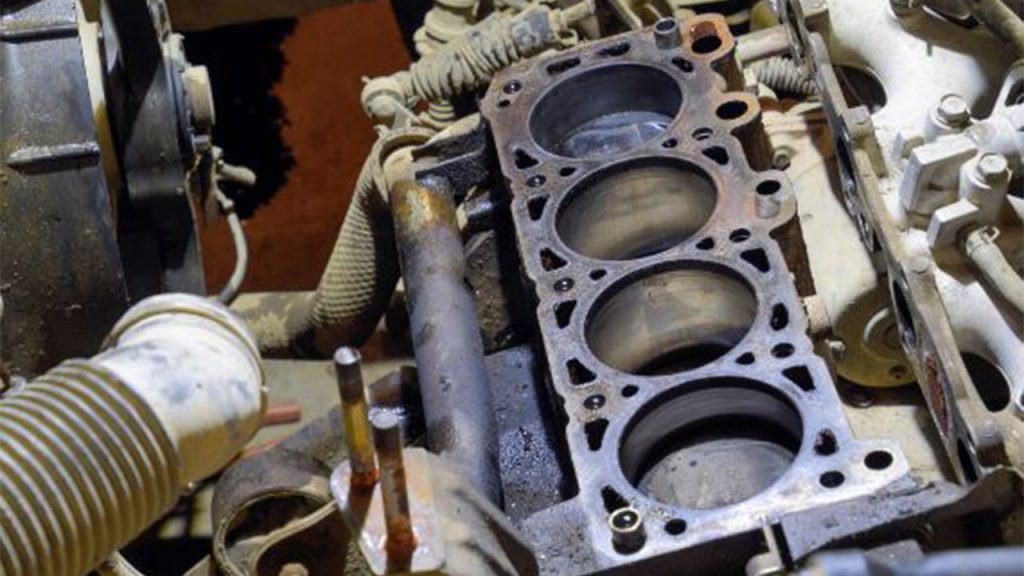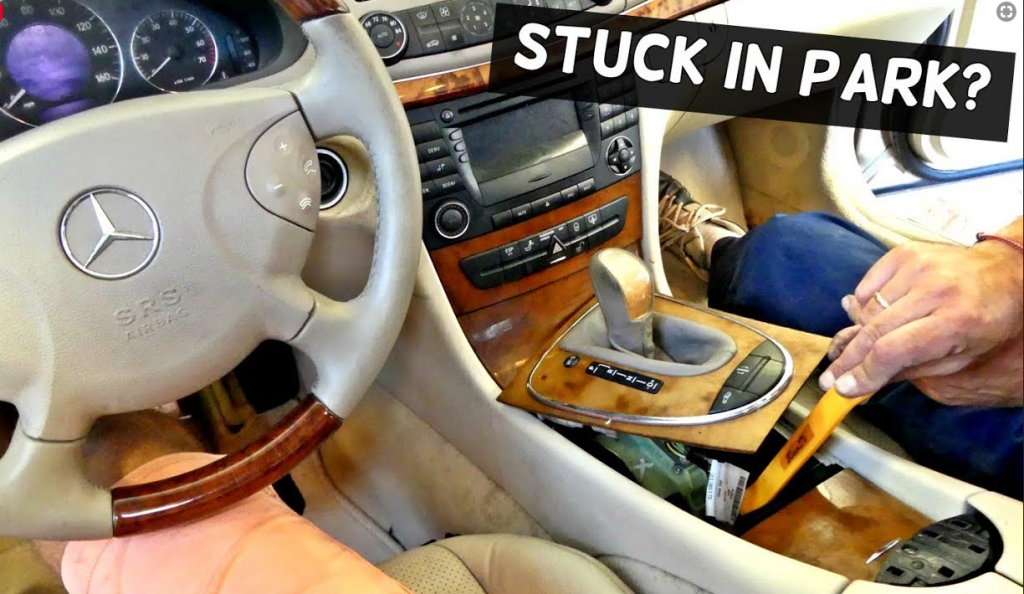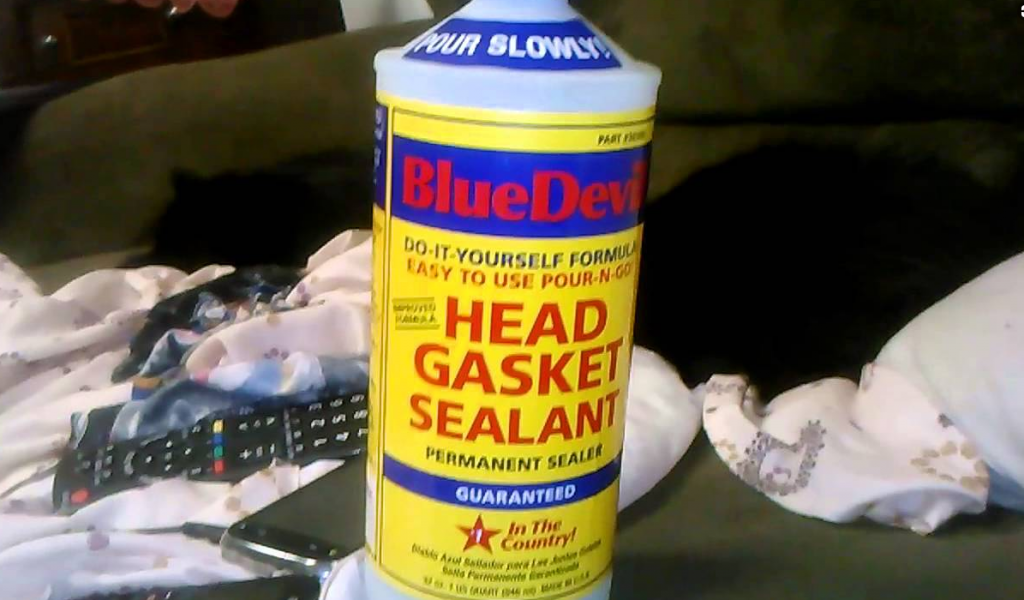Signs of a Bad Shift Solenoid Symptoms: So let me ask you, is your car shifting rough? Or maybe it’s hesitating while driving, or jerking between gears, or even you have already since the check engine light come on. Well, before you panic and start thinking that you need a new transmission, you have to watch this article. Because we’re looking at a part that is small, but critical and exhibits all these signs and more, “the shift solenoid”. We are going to discuss how it works, all the signs that it shows when it is failing, what really makes or causes it to go bad, how to diagnose it properly, so you don’t end up fixing the wrong thing and most importantly, how to fix it without wasting money on unnecessary repairs.
Signs of a Bad Shift Solenoid Symptoms, Causes, Diagnosis + Fixes | Transmission Shifting Problems.
So, if you’ve ever been told you need a full rebuild because of a shifting issue, or if you’ve had a P0750 or similar code pop up on your dashboard, this article is for you. Now, let’s get started.
WHAT IS A SHIFT SOLENOID?
Alright, so what exactly is a shift solenoid, and why is it so important?
In a nutshell, a shift solenoid is like an electronic gatekeeper inside your automatic transmission. It’s controlled by your car’s computer, the ECU or transmission control module, and its job is to open or close passages in the transmission’s valve body.
When the solenoid opens, it lets pressurized transmission fluid flow to certain parts of the transmission to apply clutches or bands. That’s what actually changes the gears. When it closes, it blocks fluid from going where it shouldn’t.
And here’s the key thing: without the shift solenoid doing its job, your transmission can’t shift gears properly. You could end up with harsh shifts, stuck gears, skipped gears, or even limp mode, where the car won’t shift at all.
Now, don’t confuse shift solenoids with pressure control solenoids. They’re both inside the transmission, but they have different jobs. Shift solenoids direct fluid to change gears. Pressure control solenoids regulate how hard or soft the shifts feel by controlling line pressure. Both are important, but today we’re focused on the ones that actually make the gear changes happen.
So, where are these solenoids located? Most shift solenoids are mounted inside the transmission’s valve body. That’s the brain of the hydraulic side of your transmission; it routes the fluid where it needs to go. In some designs, solenoids can be outside the case, but that’s pretty rare.
And that’s your crash course on what a shift solenoid is and why it matters. Next, let’s look at what actually causes them to go bad, because knowing that is key to fixing the problem the right way. Signs & Symptoms of Low Transmission Fluid (What Happens If You Keep Driving With It?)
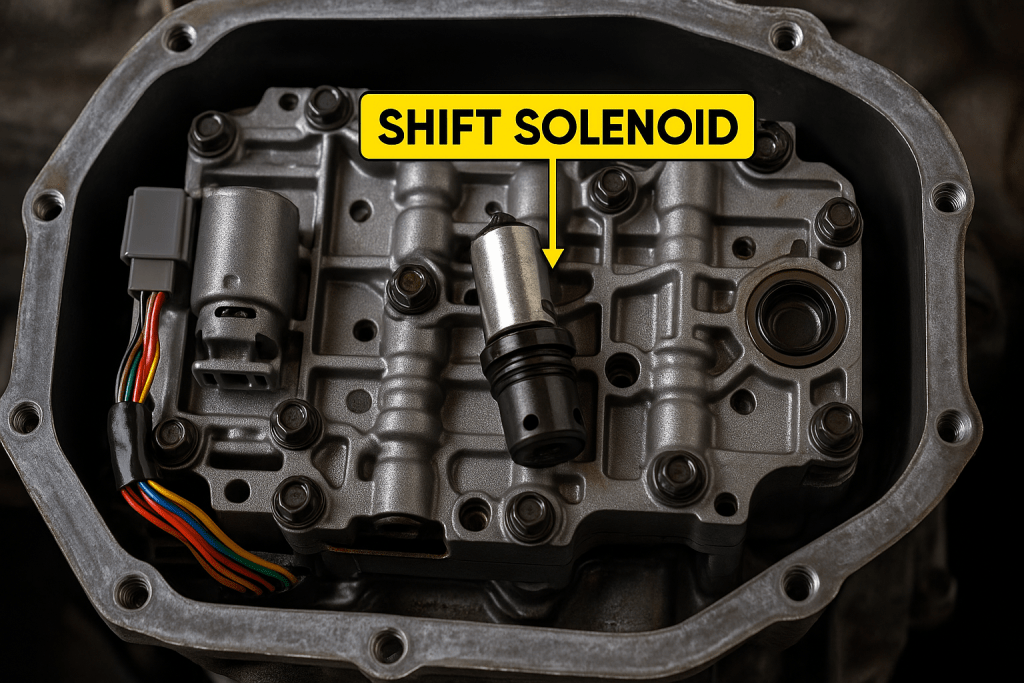
COMMON CAUSES OF BAD SHIFT
Let’s talk about what actually causes shift solenoids to go bad in the first place. There’s no single reason, but a few common culprits come up again and again.
One of the biggest is dirty or contaminated transmission fluid. Over time, fluid breaks down. It picks up debris from worn clutches, heat cycles, and tiny bits of metal inside the transmission. When that fluid gets dirty, it can clog up or stick the solenoid, stopping it from moving freely.
Another cause is worn or sticking valve body passages. The solenoid’s job is to open or close fluid passages in the valve body. If those passages get gummed up with sludge or debris, even a working solenoid can’t do its job.
Overheating is another major factor. This can happen from towing heavy loads, driving aggressively all the time, or just not keeping up with maintenance. Excessive heat can damage the solenoid’s internal seals or warp parts in the valve body, which throws off shifting.
Then there are electrical issues. Damaged wires, corroded connectors, or loose harnesses can stop the solenoid from getting the right signals. That makes it act like the solenoid is bad, even when the internal parts are fine.
Finally, there’s internal wear on the solenoid itself. This is less common, but over many years and miles, a solenoid’s internal plunger or coil can wear out or fail.
One more thing I also wanted to point out is that using the wrong fluid type or leaving old fluid in too long can change the way solenoids behave. It can create varnish or sludge that blocks movement, or reduce the fluid’s ability to protect the parts.
SYMPTOMS OF A BAD SHIFT SOLENOID.
Now let’s get into the signs that your shift solenoid might be failing. These are the clues your car gives when things aren’t working right.
First is the check engine light or the transmission warning light. When the car’s computer sees that something’s off in the shifting system, it will usually let you know.
Then, there are the shift problems themselves. You might notice harsh, delayed, or erratic shifts. The car could skip gears or get stuck in one gear, which is often called limp mode. That’s the car’s way of protecting itself from further damage.
Some drivers feel the car slip between gears. This can point to a solenoid issue, but it might also mean a problem with the clutches.
You might find the car stuck in neutral, or refusing to engage drive or reverse when you move the shifter.
In some cases, you could hear unusual noises when shifting. Things like clicking or whining during gear changes. This is less common, but it does happen, especially if the fluid is low or contaminated.
If you scan for trouble codes, you might see codes like P0750, P0755, P0760, P0765, or P0770. These point toward specific solenoid circuits.
Please remember that these symptoms don’t always mean the solenoid is the only problem. Sometimes, valve body issues, internal clutches, or even low fluid can cause similar symptoms. That’s why proper diagnosis matters before replacing any parts, especially if you are DIYing the process. You need a scan tool, which is why we recommend one for you in the description. Be sure to check it out if you don’t have one already.
DIAGNOSIS: HOW TO CONFIRM A BAD SHIFT SOLENOID
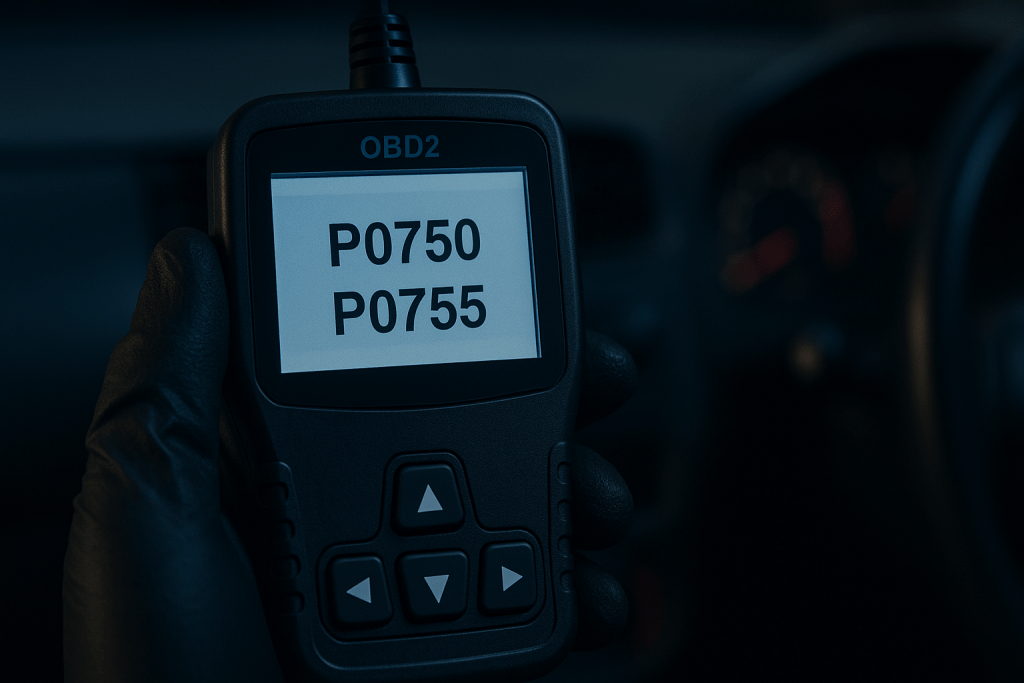
First, scan for codes. When your check engine light or transmission light comes on, use a scan tool and see what codes are stored. If you see codes like P0750, P0755, P0760, P0765, or P0770, those point to specific shift solenoid circuits that might not be working properly.
Next, inspect your transmission fluid. Check both the level and the condition. If the fluid is low, burnt, or full of debris, that could be part of the problem. Dirty fluid can cause solenoids to stick or block passages in the valve body.
It is also a good idea to check the wiring harness that connects to the transmission. Look for any damage, corrosion, or loose connections. Sometimes, a bad wire or connector can make it look like a solenoid has failed when it is actually just not getting power or the right signals.
For the more advanced DIY folks, you can use live data monitoring if your scan tool supports it. This lets you see what the computer is commanding and what the transmission is actually doing. If the computer tells the solenoid to shift and the gear does not change, that is a strong clue that the solenoid is the problem.
In some cases, if you have access, you can bench test the solenoid. This means measuring the solenoid’s electrical resistance with a multimeter. Compare that reading to the spec in your repair manual. If the resistance is way off, the solenoid could be faulty.
WHERE ARE SHIFT SOLENOIDS LOCATED?
Now let’s talk location. Most shift solenoids are found inside the transmission, mounted on or in the valve body. That means getting to them usually requires dropping the transmission pan and sometimes removing the valve body itself.
In some rare cases, certain older transmissions or specific CVT models might have external solenoids, but that is not common.
If you are looking at specific examples, in a GM 4L60E, the solenoids are inside on the valve body. The same goes for Toyota Aisin automatics and most Honda automatics.
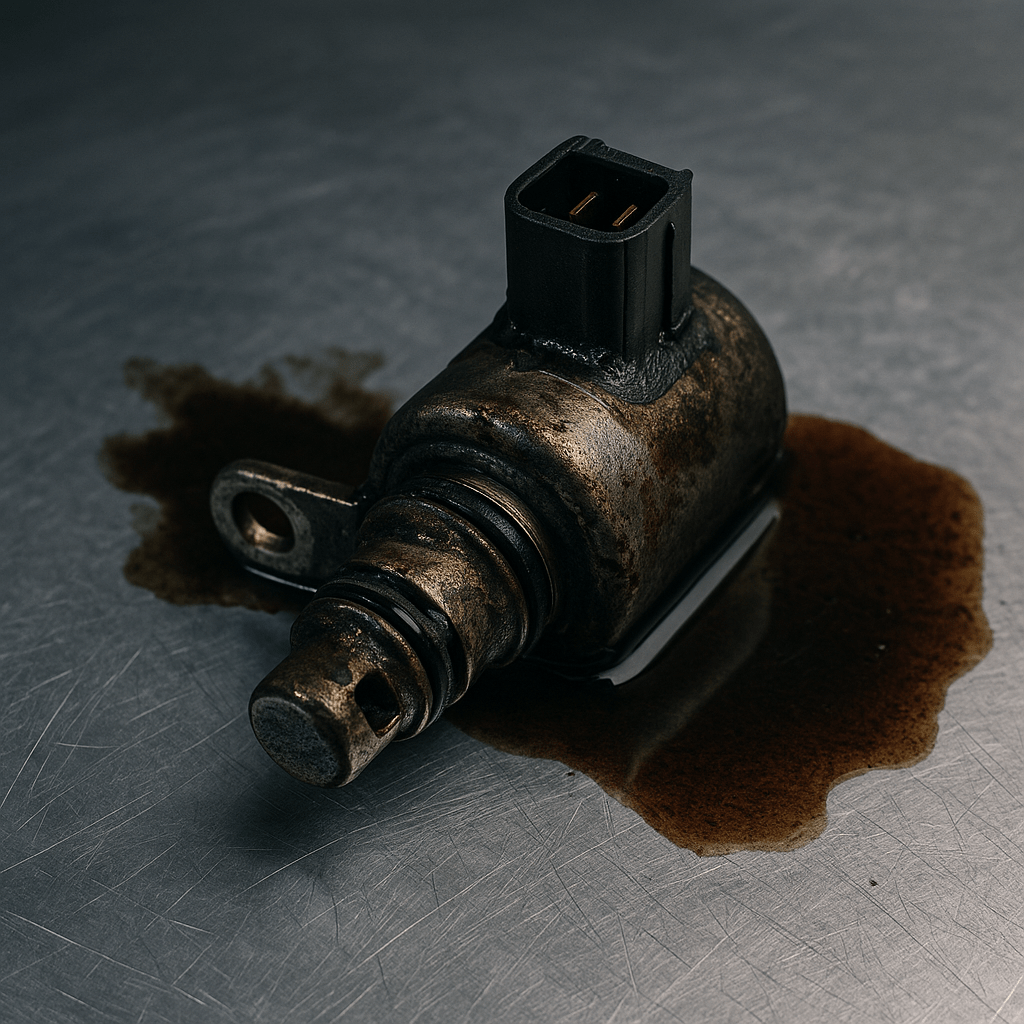
HOW TO FIX A BAD SHIFT SOLENOID.
If you have confirmed that the solenoid is the issue, here are your options.
The first is replacing the solenoid. This can be done as a DIY job if you are comfortable dropping the transmission pan and working with internal parts. Or, you can have a shop handle it.
If the valve body passages are clogged or sticking, you might need a valve body cleaning or, in some cases, a replacement.
If your fluid is contaminated, a full transmission flush is recommended to prevent the new solenoid from getting fouled up right away.
There are times when you might need a rebuild or even a full transmission replacement. That is usually when there is widespread damage, like multiple solenoid codes, slipping in several gears, or metal shavings in the pan.
And here is a very important step many people miss. After replacing a solenoid, some vehicles need a relearn or reset procedure to help the computer adapt to the new part. If you skip that, shifting may still feel off.
Replacement COSTS.
So, what can you expect to pay if your shift solenoid gets damaged?
First, the part itself is not too expensive. Depending on your vehicle, brand, and whether you go with OEM or aftermarket options, a shift solenoid will usually cost somewhere between thirty dollars and three hundred dollars.
The bigger cost is the labor. Since most solenoids are inside the transmission, getting to them is a bit of work. That is why labor can range from around three hundred dollars to over one thousand dollars, depending on how hard it is to access in your specific vehicle.
If a shop finds major damage or other issues while they are in there, they may recommend a full rebuild or replacement. That is where the cost can really add up, often anywhere between fifteen hundred dollars and four thousand dollars or more, depending on the transmission type.
And if your fluid is contaminated, you might also need a full transmission fluid flush. That can run between one hundred fifty and three hundred dollars at most shops.
It all comes down to what is really wrong and how much of the transmission needs attention.
PREVENTION TIPS.
Now, how do you avoid these problems in the first place? The best thing you can do is keep up with regular fluid changes. Make sure you are using the right fluid type and changing it at the correct interval for your vehicle.
You should also try to avoid overheating the transmission. That means being smart about towing and not driving aggressively all the time, especially in hot weather.
Another simple but important step is to always use the correct fluid type. Using the wrong fluid can cause all kinds of issues inside the transmission, including solenoid sticking or failure.
Finally, do not ignore check engine lights or transmission warning lights. Catching problems early can save you from bigger repairs down the road.
FAQ: Bad Shift Solenoid? Symptoms, Causes, Diagnosis, Fixes | P0750 P0755 Codes
Now, let’s quickly go through some of the most common questions people ask about shift solenoids.
Can you drive with a bad shift solenoid?
Sometimes you can, but it is not a good idea. Your transmission might be in limp mode or shifting harshly, which could cause further damage.
Will a fluid change fix a bad solenoid?
If the solenoid is just sticky from dirty fluid, sometimes yes. But if the solenoid is damaged internally, a fluid change will not solve it.
Can a bad solenoid damage my transmission?
Yes. If it causes slipping, harsh shifts, or overheating, it can lead to bigger problems like clutch or gear damage.
How long do shift solenoids usually last?
They can last well over one hundred thousand miles with proper maintenance, but dirty fluid, heat, or electrical issues can shorten their life.

